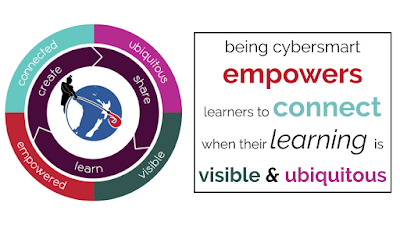Our Manaiakalani Cybersmart Learning includes supporting our young people to critically examine information online and we are enthusiastic to be piloting a media literacy programme Newshounds this term.
The programme includes a series of podcasts created and presented by Amanda Bower and Bryce Corbett. After five sessions we were excited, this week, to join Amanda online in a scheduled Google Meet. Learners shared feedback and also had the opportunity to ask questions, hearing directly from Amanda about her experiences creating the weekday news podcast, Squiz Kids Today.
In this context it was important for Amanda to see the learners and hear what was being said in the room. All learners joined the Meet on their chromebooks and Amanda could see and hear learners as they spoke.
Being Cybersmart has empowered our young people to connect online, confidently making the transition to online learning over the past two years (see The Josh Smoothie a Technology lesson during lockdown 2020).
This week's opportunity was also about thinking beyond video conferencing as a tool only for learning in lockdown. Using Google Meet to connect with Amanda, was an opportunity for our learners to experience how we can harness the technology to tap into the knowledge and experience of an expert. This exemplifies The Manaiakalani Programme's Learn | Ako pedagogy. Harnessing the affordances of technologies to offer new experiences and opportunities not accessible prior to digital technology.
We often see our schools utilising local experts, parents, professionals and community members to help further learning in the classroom. How are we continuing to harness the connectivity digital technologies enable to connect with this expertise and knowledge at a distance?






.png)










